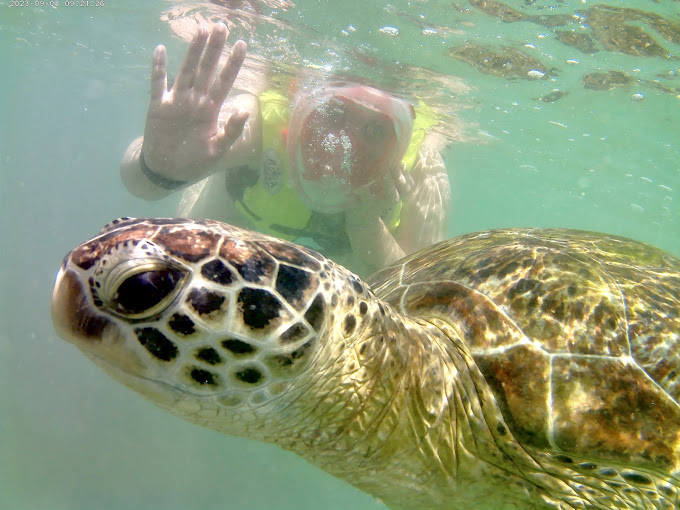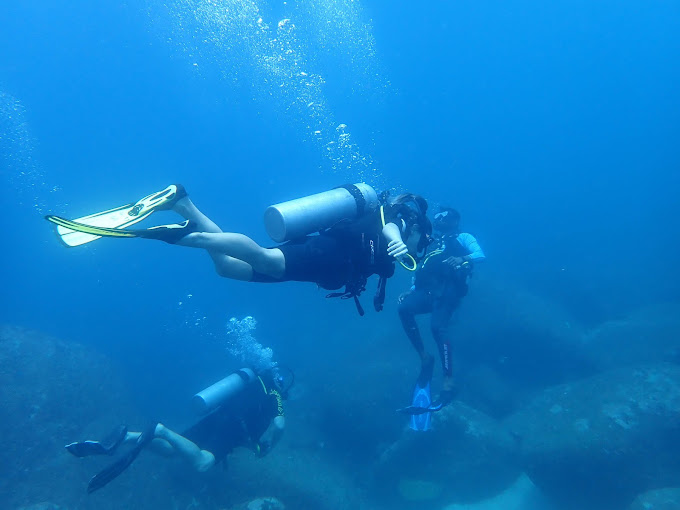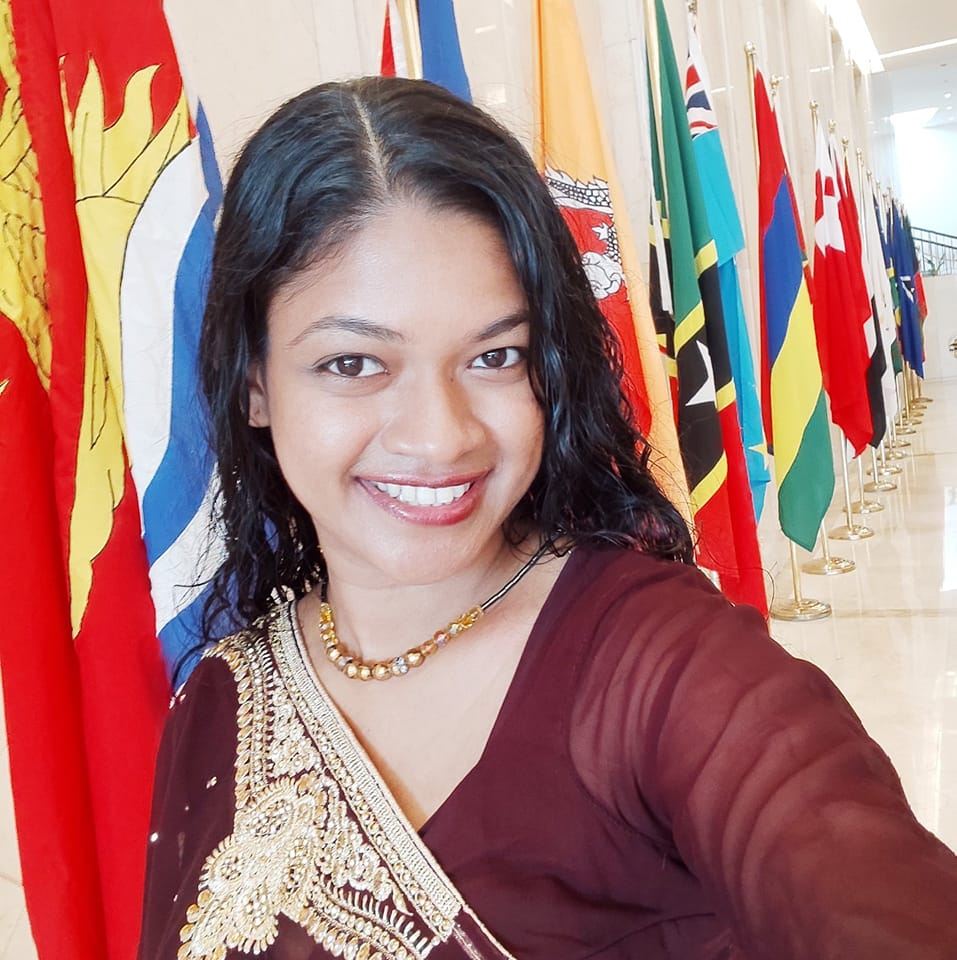The Ramba Raja Maha Viharaya was the temple of the Maha Nagakula city where a large number of artifacts have been found, leading to research studies. It is an extraordinary historical and beautiful site, albeit on a small scale. Ramba Viharaya in Ruhuna is located on the bank of the Walawe Ganga, in the village of Udarata on the Nonagama-Ratnapura Road. It is a newly declared heritage site which is situated about 12.8 km from Ambalantota in Hambantota district.
The temple site, still undergoing extensive excavation, is thought to be part of the medieval capital of Sri Lanka in the 11th century, Maha Nagakula. The Ramba Viharaya is known to be an important temple site in Sri Lanka where a large number of artifacts have been found during excavations. This is the fact for the more increasing numbers of tourist attraction to this place. This Viharaya was considered as the royal temple then. History of Ramba Viharaya indicates that it had been the hide-out for King Vijayabahu I who arrived there in the year 1055, while he planned his war against the Cholas for 15 years. Sri Lanka was under the Chola rule for a period of 53 years. He affected three attacks to surround Polonnaruwa and defeated the Cholas. His son Wickramabahu continued to reign from there while Prince Parakramabahu continued with the tradition. These reasons have prompted historians and archaeologists to carry out their research into the area. They had found a large number of monuments scattered in a land area of 200 acres of dense jungle.
[envira-gallery id=”3427″]
Value of Ramba Viharaya:
Inscriptions found at this venue during the 1st century AD have indicated that King Gajabahu was believed to have donated the funds collected as customs duty for the betterment of the temple. A strange Buddha image made of the white sandstone had been found from the site during excavations. It had been refined and preserved. The image is different from what had been discovered from other sites as it had been hollow. According to the chronicles, it is believed that the chief priest at the time was Nagasena. There is an inscription written in Pali about the Ramba Viharaya. It is under the Ramba (banana) trees that Samanera priests had been learning their religion. Due to this reason, the Ramba Vihara had also been referred to as Kehelgamuwa.
This historically important Ramba Viharaya also had connections with foreign country, Miyanmar. Manawalu Sandeshaya is a Pali poem which you cannot forget to think about when considering this temple which is one proof to show the value of Ramba Viharaya. It comprises of about 62 verses and was written in Sri Lanka addressing Kassapa Mahathero who was resident in Bagan (Ramana Desha) in Myanmar. The author of the poem is Thera Nagasena who lived in Mahanagakula who was a resident in the Ramba Viharaya. Nagasena mentions in the poem, that he has received a letter from Mahathera Kassapa through a Minister Nana. The message ends with a request to Mahathera Kassapa to purify the Buddha Sasana at Bagan, just as the monks of Sri Lanka did with King Parakramabahu.
The beauty of Rmaba Viharaya let for the more people attraction towards to it. The Sri Lankan government, with UNESCO funding, is in the process of purchasing private land in the vicinity to ensure further protection for possible historical sites, and enable further controlled and legal excavations. A new museum has been opened on the site exhibiting many of the items discovered during excavations. You are lucky enough to visit this museum and this heritages temple site and to witness all these artifacts which belong to the ancient history of Sri Lanka.






